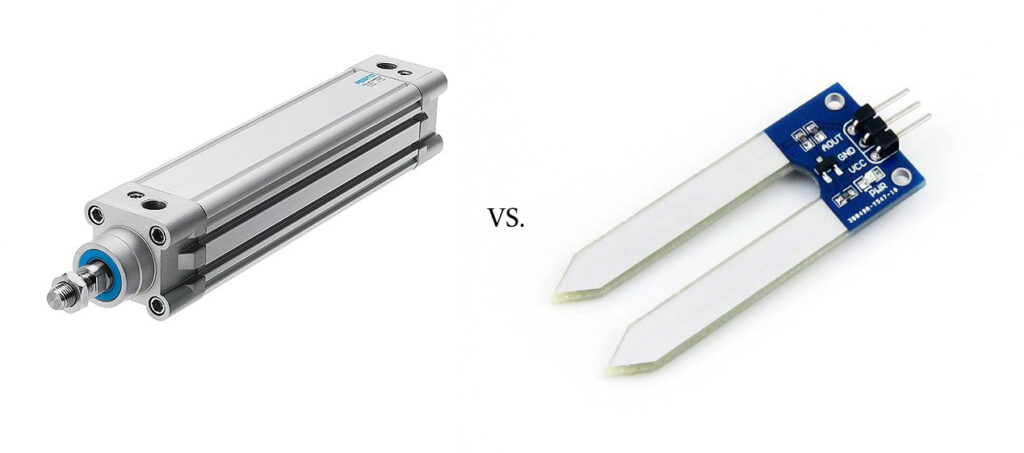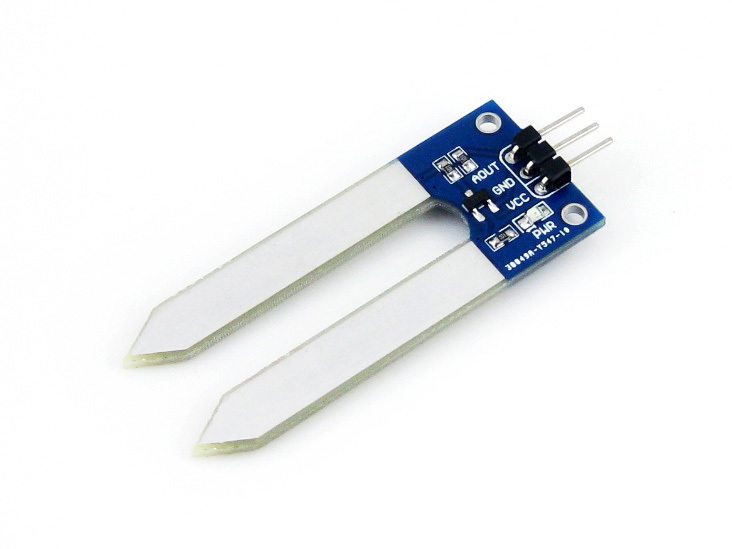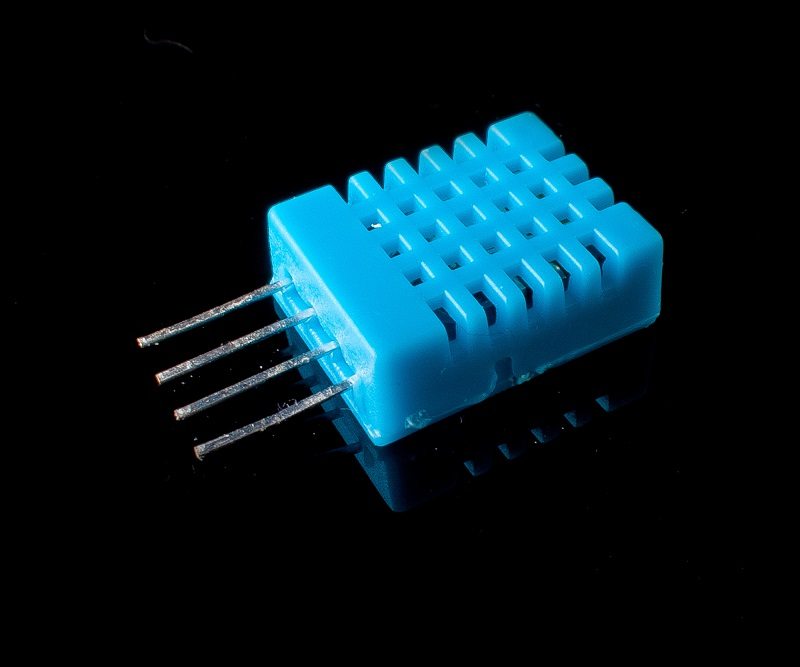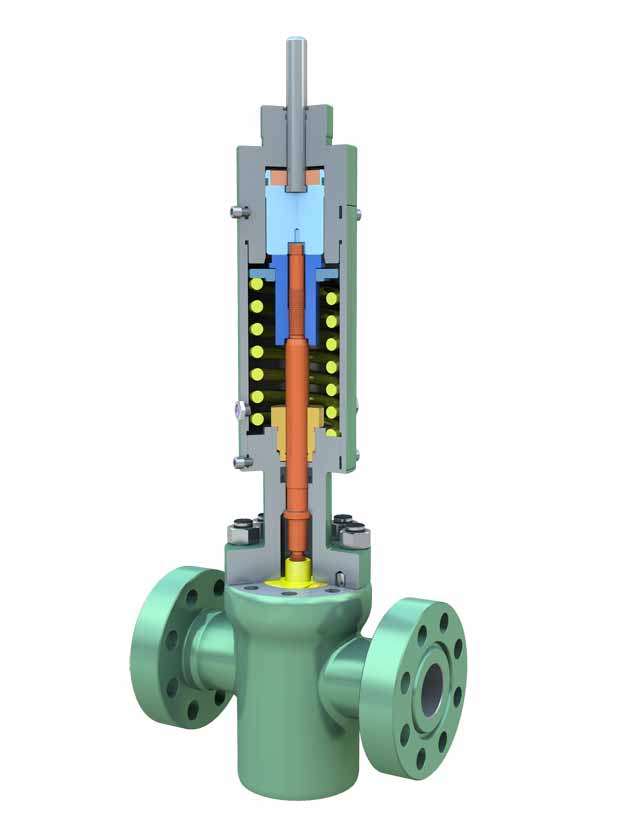Actuators and sensors are among the parts found in many places, whether it be your house, your office, or even large industrial settings. So, it is crucial for everyone to know the difference between an actuator and a sensor for various reasons. In this article from Linquip, we will talk about the parameters that separate them and explain them in detail to paint a better picture in your head about these two parts.
The Difference Between Actuator and Sensor
Different parameters such as conversion direction, application, electrical signaling, inputs and outputs, and so on, differ in sensors and actuators. Sensors are monitoring devices to check the environmental conditions or the conditions of different equipment. On the other hand, actuators can cause motion and movement within the device and the equipment that’s under control. Many people confuse these two with each other because they are often used in the same industrial setting. They interact with each other most of the time, but you should keep in mind that they are two different components with different features and goals.
Let’s quickly review what a sensor and an actuator are to be able to better understand the difference between an actuator and a sensor.
What is a Sensor?
Sensors are among the important parts of monitoring environmental conditions. These conditions can be temperature, voltage, fluid levels, vibrations, etc. Changes in these parameters result in sending an electrical signal to the sensor. The centralized computer system, then, receives an alert or data from the sensor. Or the function of a piece of equipment will be adjusted by this process. These sensors especially play an important role in the system of a motor. When they overheat, the sensor shuts the motor off to stop the temperature from going up.
To understand the difference between actuators and sensors, you should know that sensors have different types for diverse applications. Famous sensor types are temperature sensors, humidity sensors, security sensors, vibration sensors, pressure sensors, and gas sensors. The name of each type shows what these sensors do. For example, a temperature sensor monitors the temperature of the environment and a pressure sensor is used for monitoring the pressure. Vibration sensors are also used for measuring the vibration level of sensitive assets.
What is an Actuator?
Actuators are the parts of the system that are capable of causing movement. That should be considered as the most important difference between the actuator and sensor. Actuators combine an electrical signal with an energy source, resulting in the creation of a physical motion.
Actuators have different types including magnetic, thermal, and electric. There are five famous types of actuators that are more popular than others including manual actuators, spring actuators, pneumatic actuators, electric actuators, and hydraulic actuators. Each one has been made to tailor different needs. For example, pneumatic actuators utilize gas pressure for powering valves. Hydraulic actuators, unlike pneumatic actuators, use fluid pressure instead for operation.
Difference between actuator and sensor
There are multiple parameters that separate these two parts such as function, reliance, application, conversion direction, electrical signaling, and so on. Here, we will go through them one by one to learn the difference between actuators and sensors. Although they are different from each other and operate through various means, they should work together for finishing a task. But how do the parameters mentioned above separate these two?
- Electrical Signaling
One difference between actuators and sensor is that while actuators should measure motion energy or heat to be able to determine the resulting action, sensors use electrical signaling for monitoring and reading the environmental conditions which enables them to do the task that has been assigned to them.
- Input and Output Parameters
The first difference is in their inputs and outputs. Actuators normally follow the systems and machines’ outputs for deciding the next move. This is while sensors monitor the environment’s inputs that trigger particular actions.
- Location
Systems that use both actuators and sensors, place the sensor at the input port and the actuator will be placed at the output port. So, they differ in their location inside the system as well.
- Reliance
Another difference between actuators and sensors is in their reliance. Some tasks need actuators and sensors to rely on each other, especially on systems where both are available. In such systems, the actuator will rely on the sensor to complete its task. They both should be functional and up and running, or else the system won’t work.
- Application
Actuators and sensors are different in the application as well. Actuators are normally used for operating couplings, dampers, and valves. On the other hand, sensors are usually used for measuring fluid levels, vibration, temperature, and pressure. This difference in their application doesn’t deny their ability to work with each other to reach the same purpose in a greater system.
- Conversion Direction
Last, but not least, is the difference in conversion direction. This difference between the actuator and sensor shows that the actuator tends to change an electrical signal into physical action. This is while the sensor converts a physical feature into an electrical signal. This is exactly the opposite of what the actuator does.
Final Words
The difference between actuator and sensor, while important, doesn’t interrupt the way these two rely on each other when it comes to operating in a system together. Although they do different tasks in an industrial maintenance system, one of them usually directs the other and they need each other to work properly.
In this article from Linquip, we reviewed the difference between the actuator and sensor and went over all the parameters that separate these two in detail. What do you think about these two parts and their application? Comment below and share your thoughts with us. Don’t forget to sign up on Linquip as well to talk to our experts and find all the answers you need easily.
Buy Equipment or Ask for a Service
By using Linquip RFQ Service, you can expect to receive quotations from various suppliers across multiple industries and regions.
Click Here to Request a Quotation From Suppliers and Service Providers
Read More On Linquip
- What are the Different Types of Actuators?
- What is the core difference between Thermistor and RTD?
- A Quick Look at Types of Proximity Sensors
- Temperature and Humidity Sensors: An Ultimate Guide
- Types of Sensors Detectors/Transducers: An Entire Guide
- Transducer vs. Sensor: Basic Differences & Advantages of Them
- Temperature Sensors: Types, working principle & Practical Applications
- 5 Types of Proximity Sensors (Application and Advantages)
- What is Humidity Sensor: Your go-to Guide on humidity Sensors!
- Types of Humidity Sensors: A Full Explanation of The Most Common Types
- Types of Temperature Sensors and Their Application
- What is a Differential Pressure Sensor?: An Ultimate Guide






